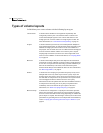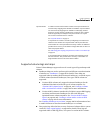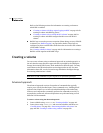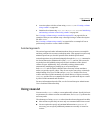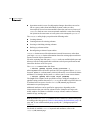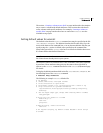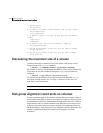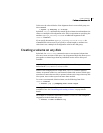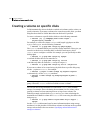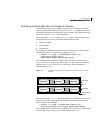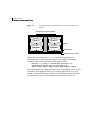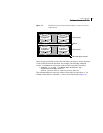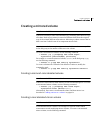
243Creating volumes
Creating a volume on any disk
To discover the value in blocks of the alignment that is set on a disk group, use
this command:
# vxprint -g diskgroup -G -F %align
By default, vxassist automatically rounds up the volume size and attribute size
values to a multiple of the alignment value. (This is equivalent to specifying the
attribute dgalign_checking=round as an additional argument to the
vxassist command.)
If you specify the attribute dgalign_checking=strict to
vxassist, the
command fails with an error if you specify a volume length or attribute size
value that is not a multiple of the alignment value for the disk group.
Creating a volume on any disk
By default, the vxassist make command creates a concatenated volume that
uses one or more sections of disk space. On a fragmented disk, this allows you to
put together a volume larger than any individual section of free disk space
available.
Note: To change the default layout, edit the definition of the layout attribute
defined in the /etc/default/vxassist file.
If there is not enough space on a single disk, vxassist creates a spanned
volume. A spanned volume is a concatenated volume with sections of disk space
spread across more than one disk. A spanned volume can be larger than any disk
on a system, since it takes space from more than one disk.
To create a concatenated, default volume, use the following form of the
vxassist command:
# vxassist [-b] [-g diskgroup] make volume length
Note: Specify the -b option if you want to make the volume immediately
available for use. See “Initializing and starting a volume” on page 260 for
details.
For example, to create the concatenated volume voldefault with a length of
10 gigabytes in the default disk group:
# vxassist -b make voldefault 10g




